|| quick portfolio ||
wig work, make up, body art, armour, dance-wear, formal gowns, historic dress, embroidery, and finally large scale prosthetic work. Please see the menu for more costumes.
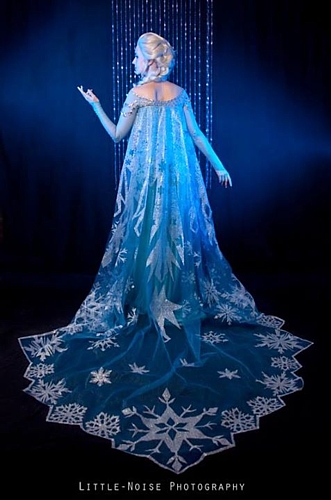
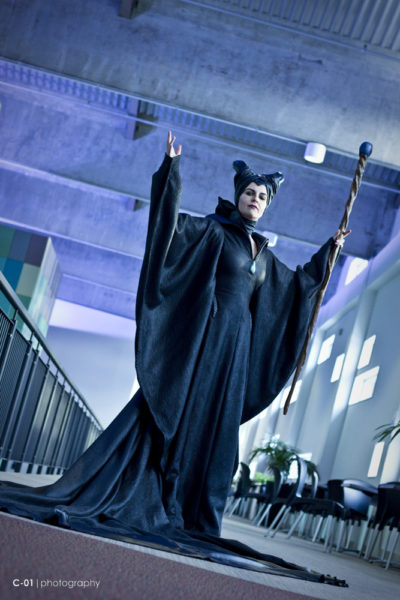
Elsa (photo by Little Noise )|| Maleficent (photo by C.01 Photography)

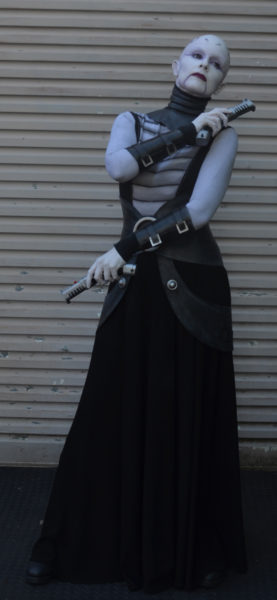
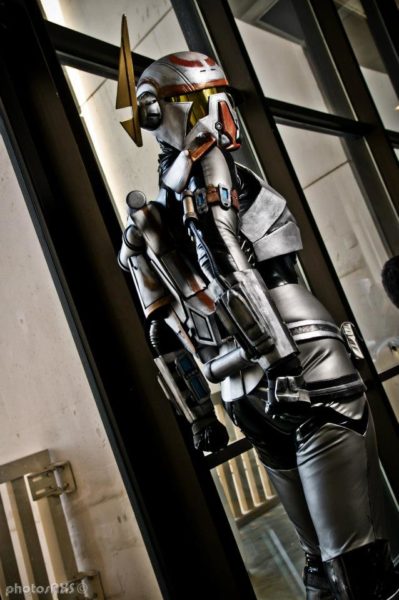
Leia photo by Little Noise || Asajj Ventress- self portrait || Shae Vizla photo by XNS Impress
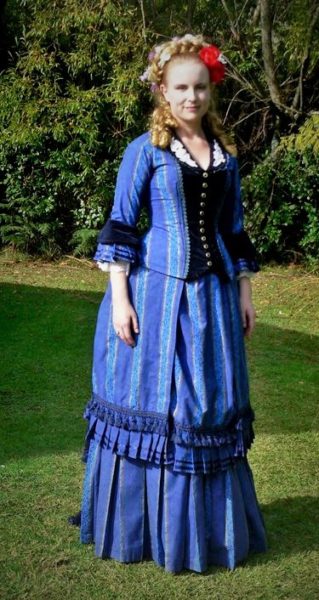
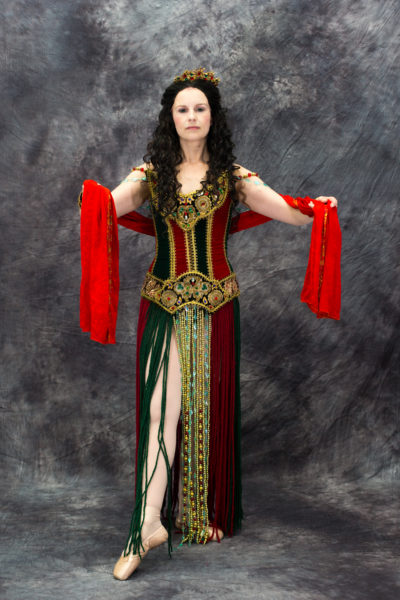
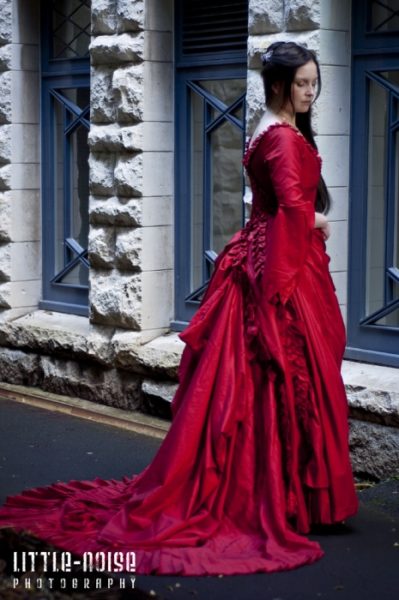
Wishing Gown || Christine Daae, dance photo by Frasier Clark ||Mina photo by Little Noise
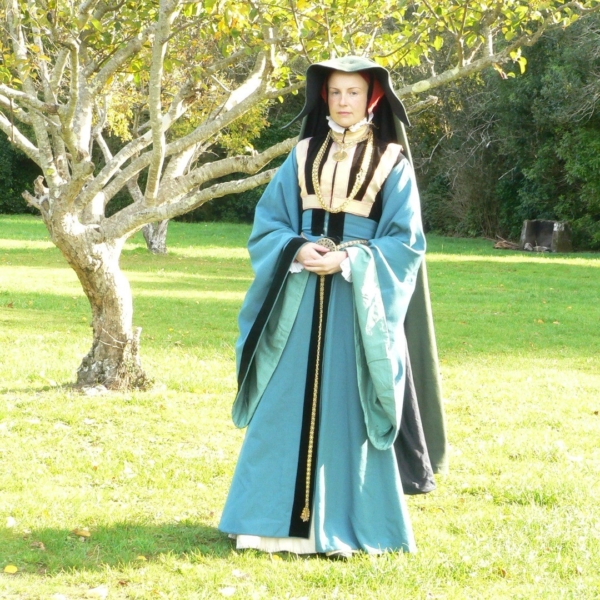
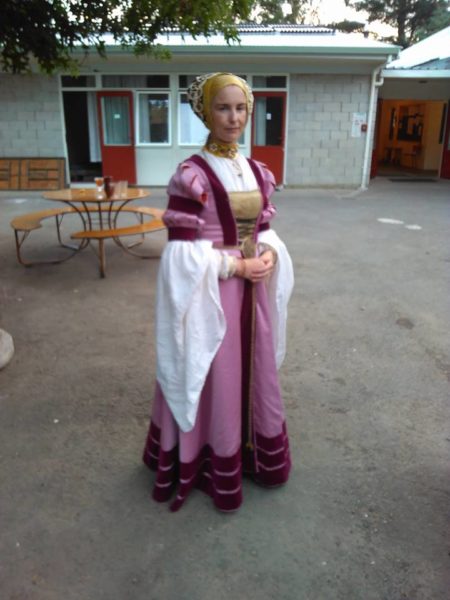
1560s Cleves || 1560s Cleves || 1560s Westphalian
Costume maker and performance artist. Diploma of Performing Arts, Mistress of the Order of the laurel (Society of Creative Anachronism), Head coordinator and judge for New Zealand’s largest media costume competition from 2007-2014, CoNZealand Masquerade Director.
https://www.instagram.com/TheFrockChick
https://www.facebook.com/thefrockchick
https://www.TheFrockChick.com -research site